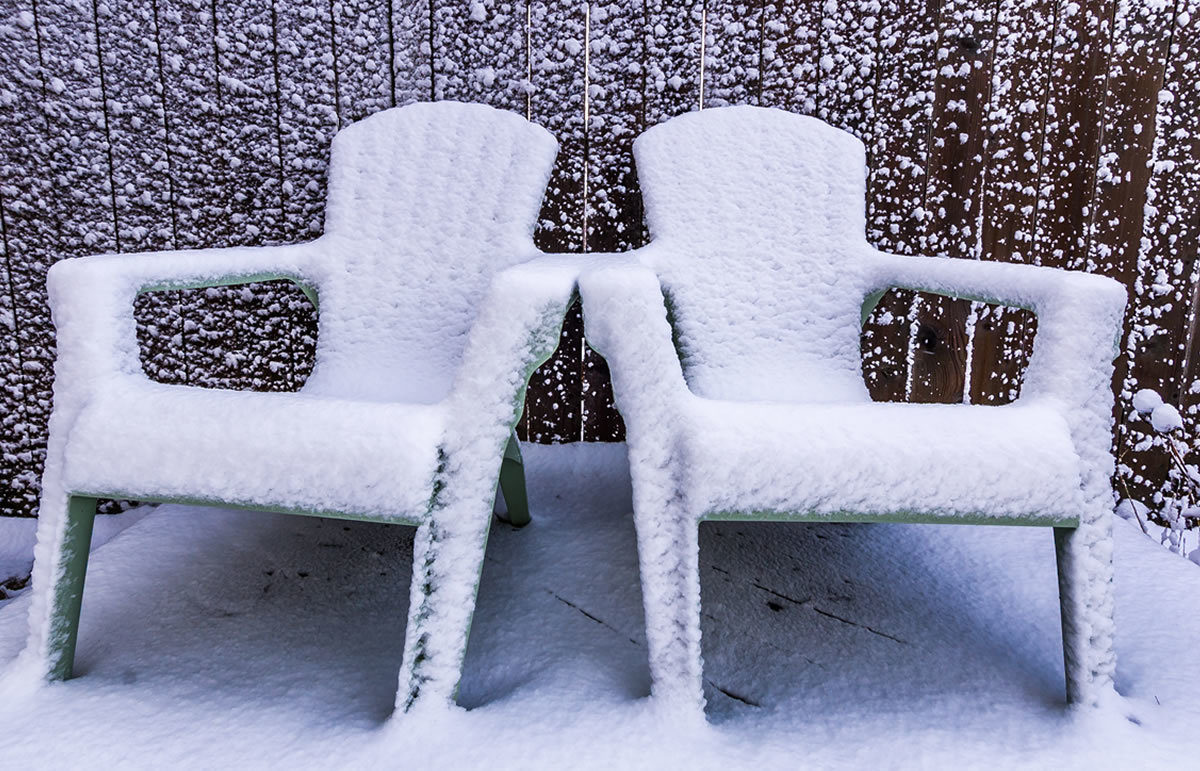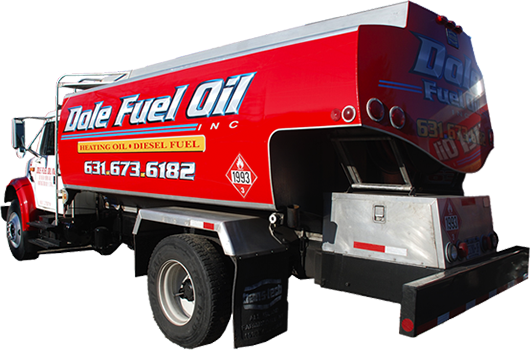The end of summer marks the time of year most Long Island home-owners dread. Starting in early fall, all of the components of your yard - sprinklers, pool, garden, flower beds and outdoor furniture - need to be properly winterized. Taking the time to clean, protect and store these things will ensure that they last for years to come.
Swimming Pools
Winterizing your swimming pool will protect it from damage due to the water freezing and also keeps it clean for the next swimming season. To winterize your swimming pool, be sure that the water chemistry is balanced and is between 7.2 and 7.6 pH, the alkalinity between 80 and 120 ppm, and the calcium hardness between 180 and 220 ppm.
Store your pool cleaners, solar blankets, skimmer baskets, wall fittings and ladders in your shed or garage. Backwash your pool water or use a filter pump or a submersible pump to lower the water level of the pool. Be sure to drain out all of the filters, pumps, chlorinators and heaters, to prevent them from freezing and cracking. Additionally, make sure that the chlorine level is below 3.0 ppm, and cover your pool so that there are no holes or gaps where debris or leaves may enter.
Hoses and Sprinklers
Leaving your hoses outdoors during the winter is not a smart move. Small amounts of water can remain in a hose after it is drained, leading to cracks during freezing temperatures. To preserve the life of your hoses, unhook them from spigots, drain them and store them someplace dry and warm.
When it comes to your in-ground sprinkler system, it is best to contact your sprinkler maintenance company to winterize them for you. Most companies will provide a sprinkler blow-out as part of your maintenance package. Be sure to schedule your sprinkler winterization before the first freeze of the season, to avoid any cracking of your sprinkler pipes.
Grills & Barbeques
If you have a portable grill in your backyard, you will want to move it inside your garage or shed. If your barbecue is built into an outdoor island, find a suitable cover or have the island shrink-wrapped. Disconnect your propane tank and leave it outside, covered with a tarp or plastic bag. Properly winterize any hoses from buried or permanent gas lines. Never store propane tanks indoors, as they could accidentally combust and explode.
Lawn Furniture
If your backyard furniture is lightweight, you can easily store it in your garage. Heavier pieces can be left outdoors, but must be well-protected from the harsh winter elements. Be sure to cover them with heavy duty covers, which are available online or at your local hardware store. Your best option is to purchase outdoor furniture covers directly from the manufacturer. The manufacturers’ covers are extremely durable and have drawstrings cords to keep them secured against the wind.
Remember to store fabric cushions in your shed or other waterproof spot. Be sure to clean your furniture before you store it in your shed to prevent dirt stains from becoming permanent. This also makes your spring set-up much easier. Also, by cleaning your furniture, you will be sure to remove any bugs or spiders that have made the furniture their home for the summer .
Garden
It’s important to winterize your garden during the fall, to make sure that your trees and flowers survive the winter. Remove old plant matter from the garden, placing it in your compost bin. Leaving it behind in the garden invites plant diseases come springtime.
Spread mulch, especially on new plants that have not had time to develop a strong roots system. Mulch ensures that the ground remains a consistent temperature until the spring, which prevents freezing in the ground that can cause new plants to die.
A “Winter Watering” on all plants and evergreens at least once a month during the cold season is important to maintain hydration and lower the risk of winter burn. Evergreens are especially inclined to winter burn, as their leaves release moisture year-round. Winterizing your garden also includes gathering plant covers for winter frost protection. Frost blankets, old sheets and cloth tablecloths can all be used. Have them at the ready as temperatures start to fall. Use frost blankets to cover crops in a winter vegetable garden, to protect winter container gardens and to help tender plants survive a cold snap.


